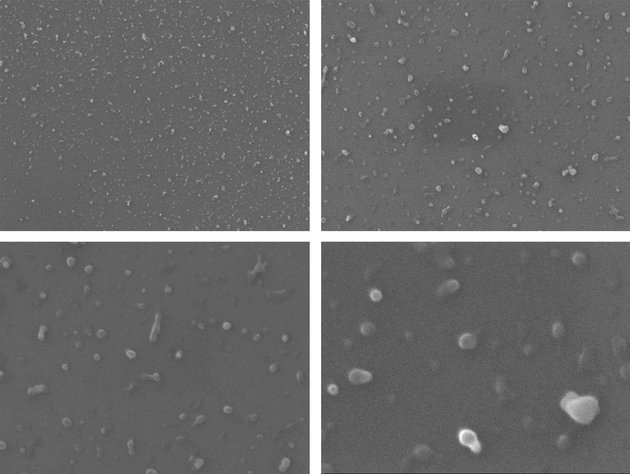Plastic cups for hot drinks release trillions of plastic nanoparticles into the liquid


It is already known to scientists that, Disposable coffee cups are a real threat to the environment. So. that, The recycling of the thin plastic coating that these cups have is a very complicated matter. A new study shows that that, such glasses are microscopic in size to drinks plastic nanoparticles secrete. Milli Standards and Institute of Technology (NIST) scientists have analyzed single-use cups for hot drinks. These cups low density polyethylene to cover (LDPE) have. Conversation, thin and goes through a soft elastic curtain. This material is often used as a waterproof material. It became known as a result of the analysis carried out by scientists that, these cups 100 degrees Celsius with water possessing temperature snowWhen in contact with water, they release trillions of plastic nanoparticles into the water.
The nanoparticles found in these plastic cups:

“It simply came to our notice then that, microplastics are available anywhere. There are too many of them. We are talking about trillions of particles in 1 liter. We are their people and or whether they have a negative effect on animals. We can only say with high confidence that, plastic nanoparticles were everywhere, ”said one scientist. To analyze the nanoparticles emitted by such plastic materials, the researchers first had to determine how to detect them. “Imagine that that, you have an ordinary plastic coffee cup. There may be billions of particles in the liquid in the glass and we need to determine how nanoparticles are detected between them. This is like looking for a needle in a haystack. We take a glass of water and spray it in the form of a thin mist and then we waited for it to dry, ”the researchers said.
Thanks to this method, the nanoparticles are separated from the rest of the liquid. It should be noted that, This method has previously been used to detect microscopic particles in the atmosphere. Thus, to determine the exact size of the separated nanoparticles after scientists use this method and it was possible to create their catalogs. To the detected nanoparticles warm butanol (alcohol type) steam was affected through. As a result of this process, after the alcohol condensed, the particle size increased from nanometers to micrometers. Scientists have determined that, average sizes of nanoparticles 30-80 nanometers contane. However, the size of the largest of them 20From 0 nanometers makes up a lot.

